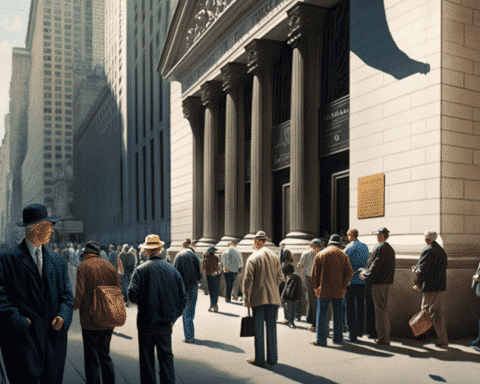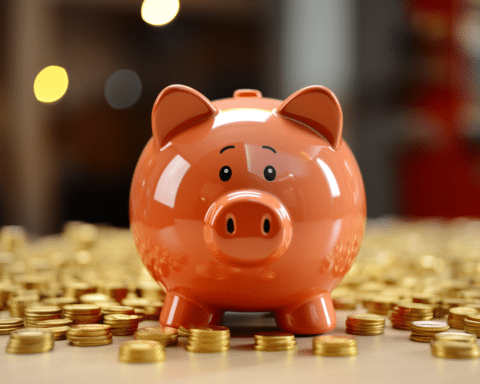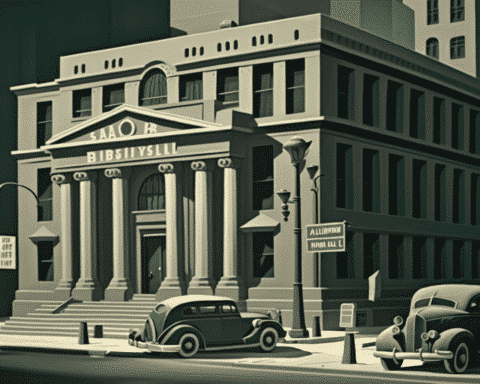What occurred
During April, the Consumer Price Index (CPI), a metric used to gauge changes in the cost of consumer goods and services, experienced a 4.9% annual increase. Compared to March, the CPI rose by 0.4%. This rise was driven mainly by higher food and energy costs.
Implications
In June 2022, annual inflation, as measured by the CPI, peaked at 9.1% and has gradually decreased. In April, the costs of gasoline, fuel oil, and used vehicles declined significantly. However, most consumer expense categories witnessed a year-over-year increase. This concerns the Federal Reserve, which has been striving to mitigate inflation for over a year.
“Inflation is still persistent: I don’t believe the Fed will perceive this as an opportunity to lower interest rates or breathe a sigh of relief,” stated Priya Misra, Head of Global Rates Research at TD Securities.
Next steps
The Federal Reserve has explicitly expressed its desire to bring inflation back down to the 2% threshold, as it believes this level promotes economic stability. To combat escalating inflation, the Fed has gradually raised interest rates for over a year, with three rate hikes of 0.25% each in 2023. However, while inflation has been burdensome for consumers, interest rate hikes have presented challenges.
The Federal Reserve does not directly determine consumer borrowing rates. Instead, it oversees the federal funds rate, which dictates the interest banks charge one another for short-term borrowing. Nevertheless, when the Fed increases its benchmark interest rate, the cost of borrowing tends to rise, making auto loans, personal loans, and other forms of borrowing more expensive.
Given April’s inflation figures, the Fed is unlikely to halt its interest rate hikes, implying that the central bank will likely raise rates again at its next meeting. Consequently, individuals seeking to borrow may face even higher costs, and those with variable-interest debt could witness an increase in credit card and HELOC payments.
A potential silver lining is that rate hikes typically lead to higher interest rates for savings accounts and certificates of deposit (CDs). However, due to inflation, many consumers need more savings funds. Instead, they rely on credit to cope with the rising cost of living. Therefore, the prospect of borrowing becoming more expensive is far from favourable.
Moreover, the continuous rate hikes by the Federal Reserve have sparked concerns among consumers and businesses alike. The repeated increases in interest rates have a ripple effect on the economy, affecting various aspects of financial stability.
Higher borrowing costs mean obtaining loans for significant purchases becomes more expensive for consumers. Auto loans, mortgages, and personal loans are all subject to higher interest rates, potentially deterring individuals from making significant investments or delaying their plans. Additionally, those with existing variable-interest debt, such as credit card balances and home equity lines of credit (HELOCs), may experience a surge in their monthly payments, further straining their finances.
Businesses also feel the impact of rising interest rates. Increased borrowing costs can impede expansion plans, reduce capital investment, and limit their ability to hire new employees. Small businesses may find it challenging to access affordable credit, hindering their growth potential.
However, it’s worth noting that higher interest rates can offer some benefits. Savers may finally see a positive impact as interest rates on savings accounts and CDs rise. This can encourage individuals to allocate more funds toward savings, bolstering their financial security in the long run.
Nonetheless, the current situation presents a significant challenge for many individuals grappling with inflation’s effects. Higher costs of living, coupled with the potential for increased borrowing expenses, can exacerbate financial strain and impede economic recovery.
To navigate these circumstances, consumers and businesses should evaluate their financial plans and adjust their strategies carefully. Exploring alternative financing options, reassessing spending habits, and seeking professional advice can help individuals mitigate the effects of inflation and rising interest rates.
As the Federal Reserve continues its efforts to combat inflation, it remains crucial to monitor future developments closely. Economic indicators and policy decisions will shape the trajectory of interest rates, inflation rates, and the overall financial landscape.




